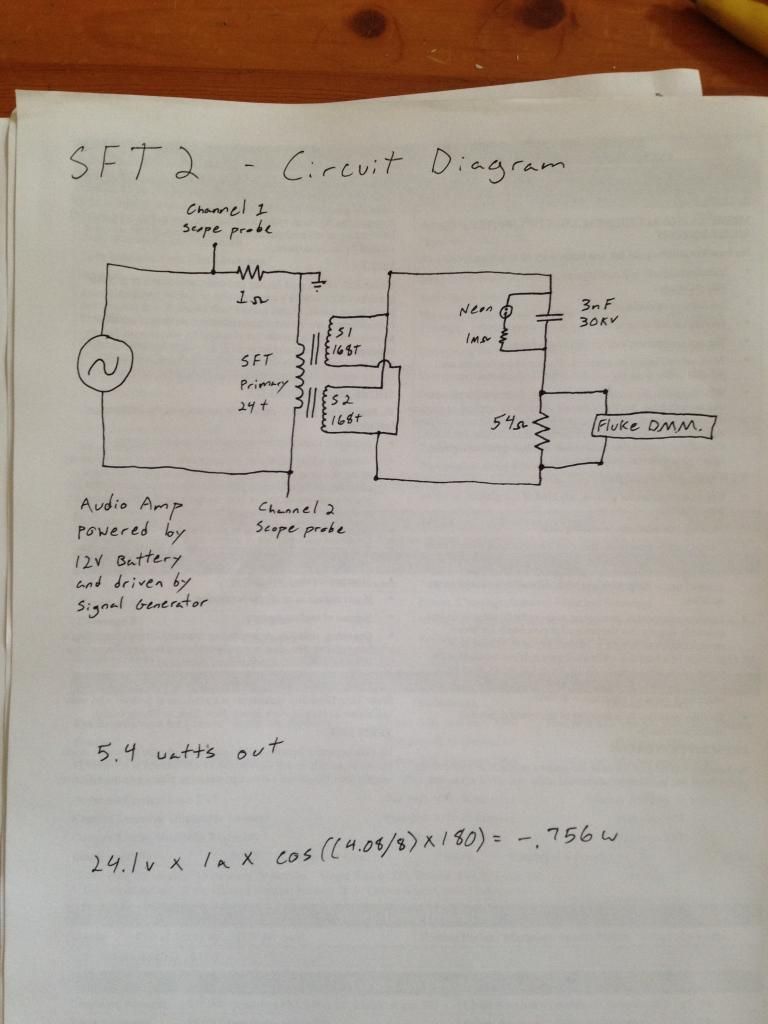Originally posted by BroMikey
View Post
Originally posted by BroMikey
View Post
I used my own concoction of Litz wire, but it all has to come back off--the enamel cracked and there are shorts everywhere. Soooo.... I'll have to find another source for wire since my large spool of 24 AWG Essex wire is junk.



 you couldn't get it remember?
you couldn't get it remember?





Comment